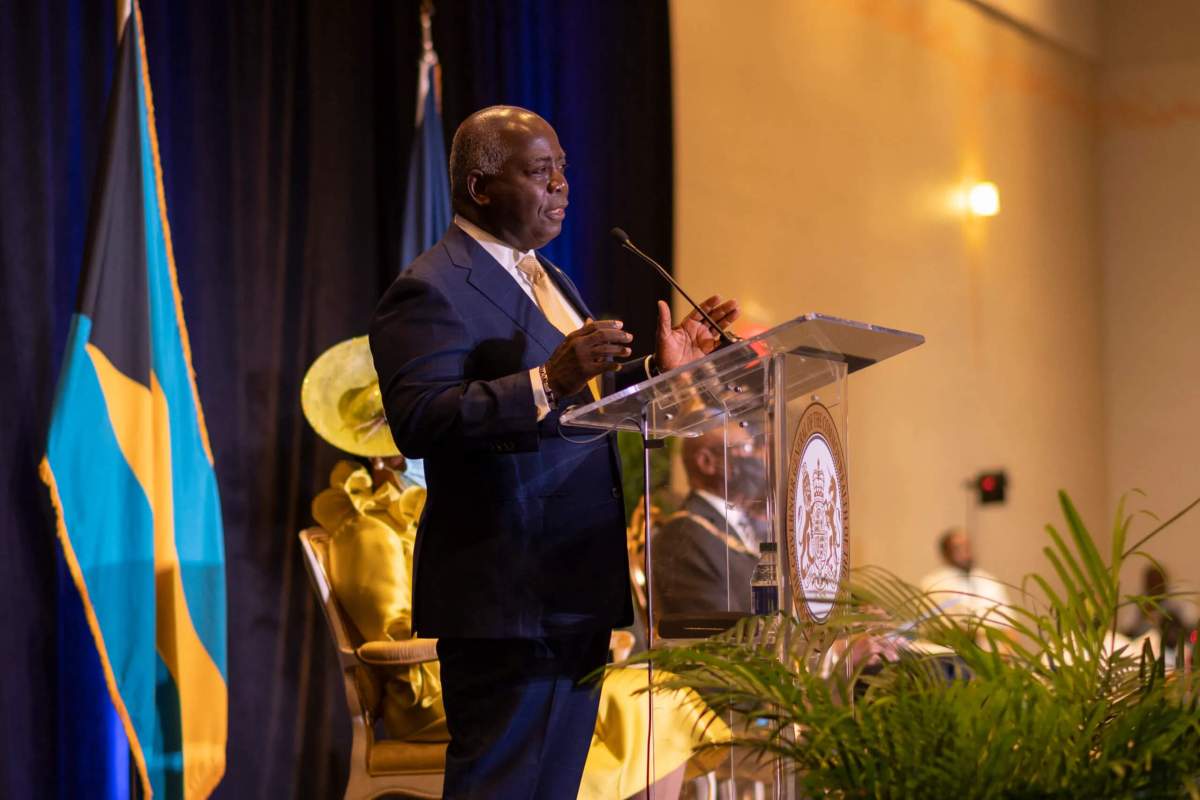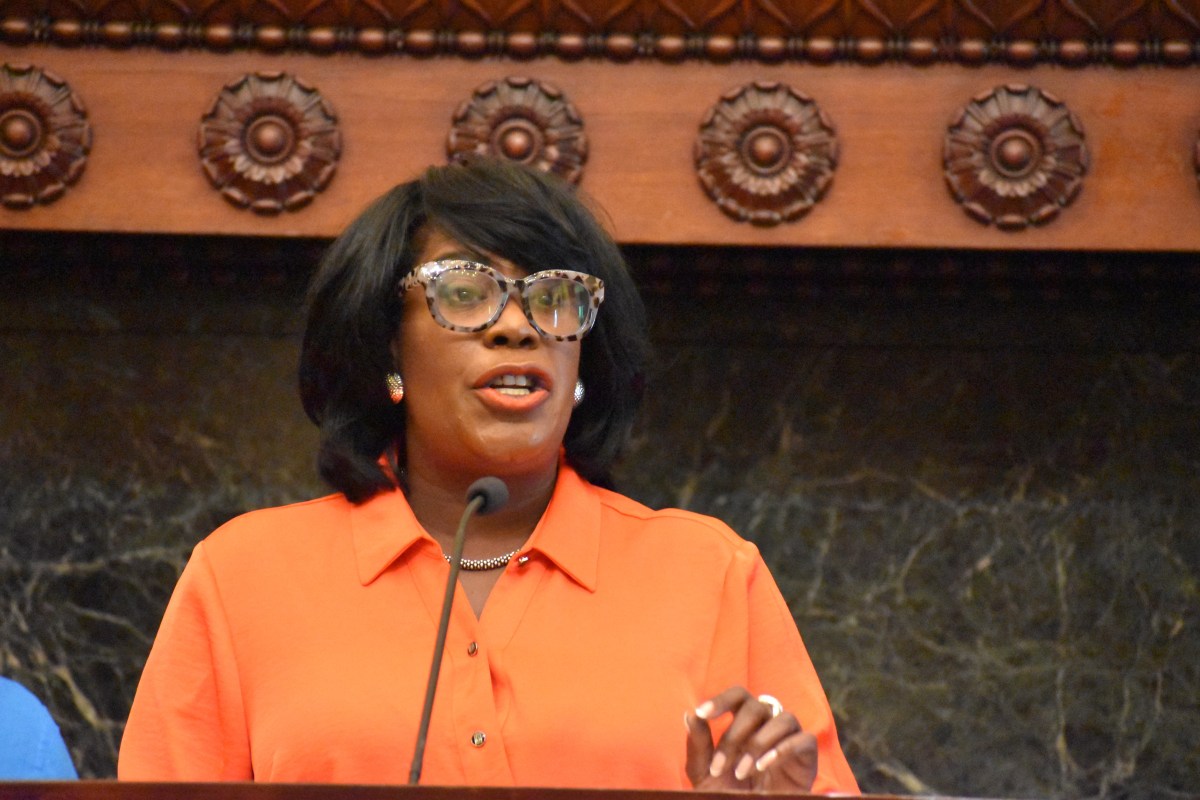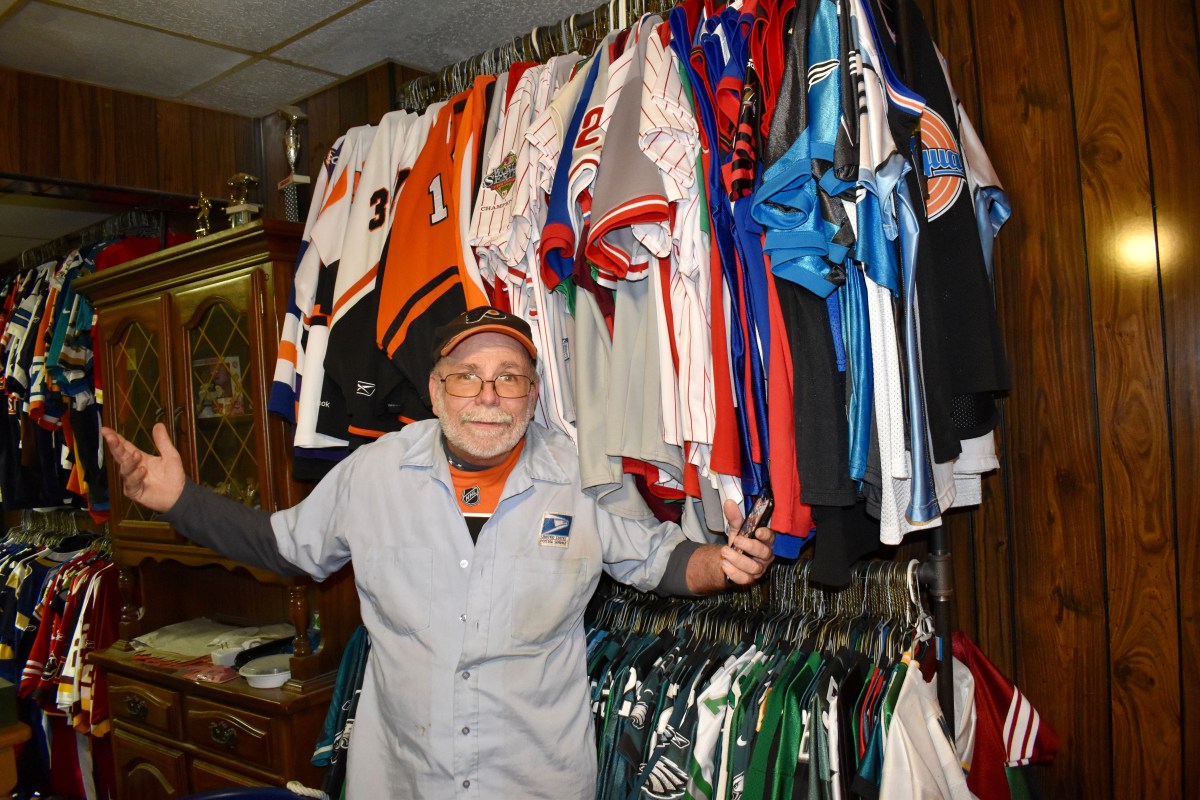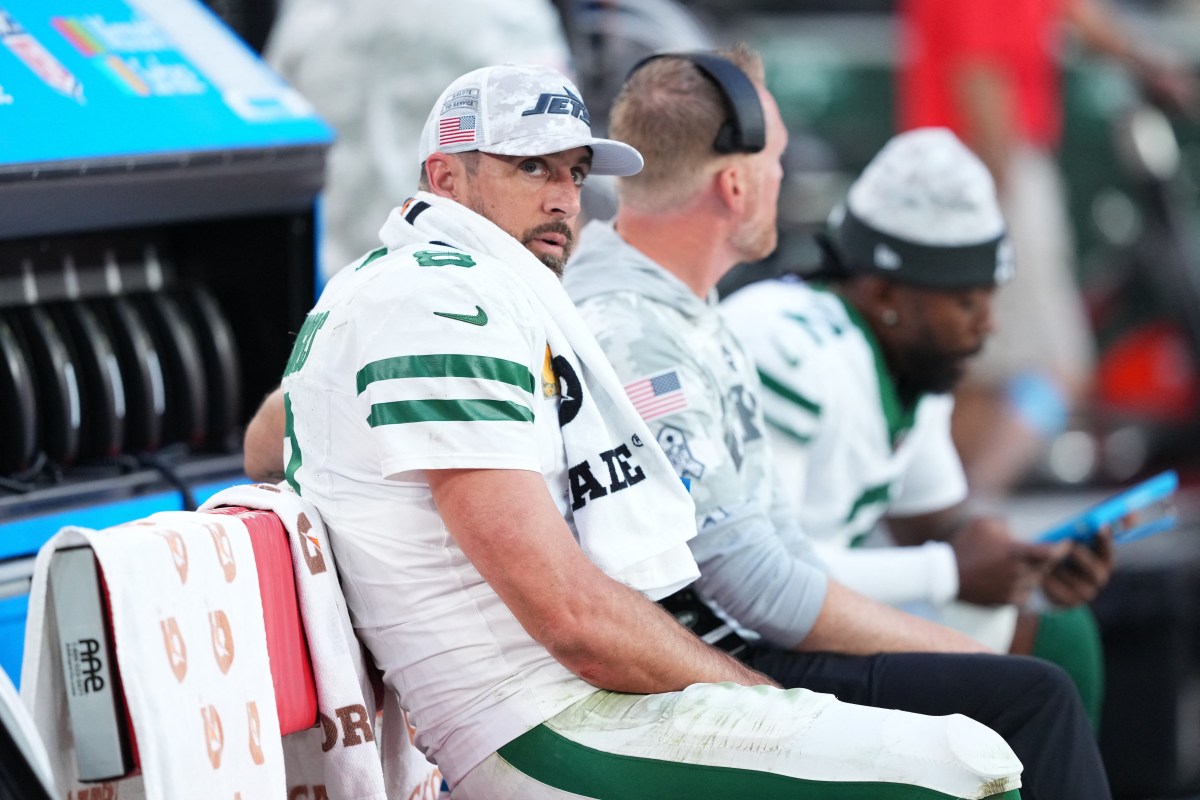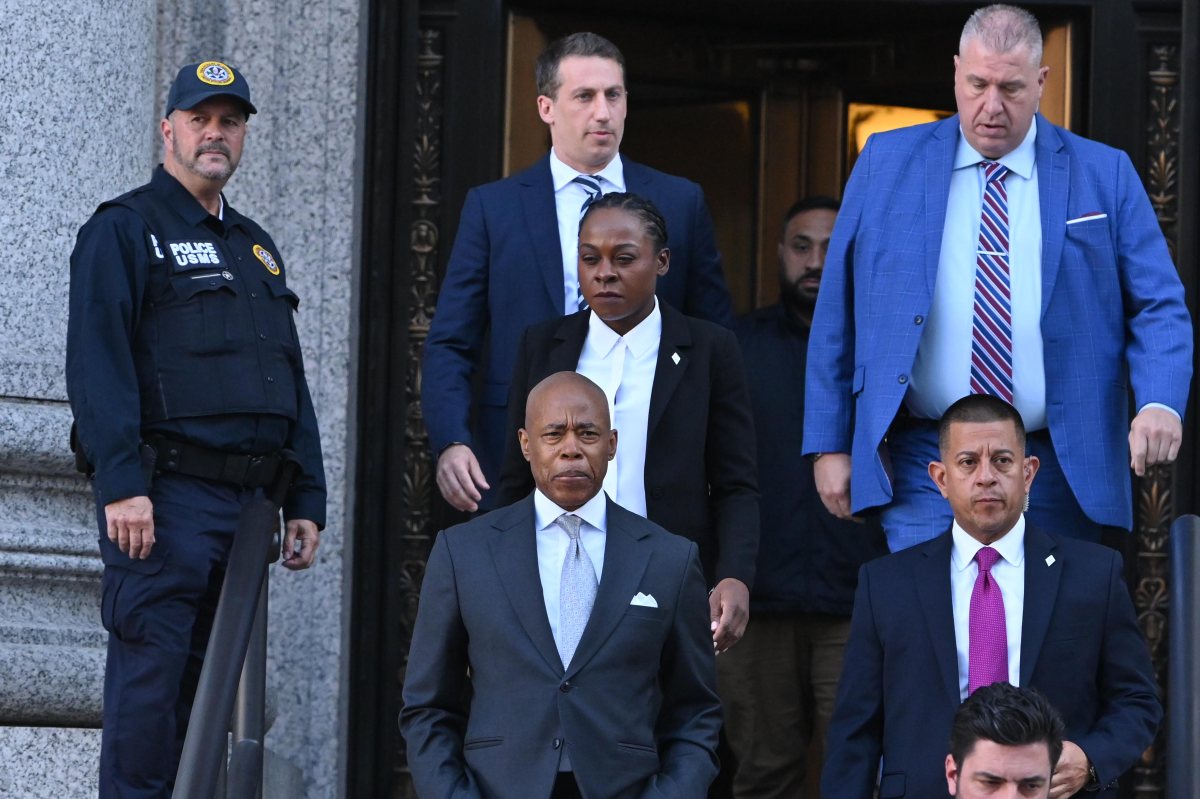STE MARE EGLISE, France (AP) — While U.S. military officers caution against too direct a comparison between the 1944 D-Day landings and Ukraine’s upcoming counteroffensive, the echoes of what Kyiv faces today are a dominant theme of this year’s commemorations of the young U.S. soldiers who died on the Normandy beaches nearly 80 years ago.
For days the villages and towns surrounding Omaha and Utah beaches have held parades, memorial events, flyovers and parachute demonstrations to build up to the annual celebration of D-Day, the launch of Operation Overlord. The June 6, 1944, invasion marked the beginning of the Allies’ massive ground offensive, which would eventually lead to Germany’s surrender and the end of World War II in Europe.
The celebration is taking place as Ukraine prepares to launch its own counteroffensive against Russia — an impending fight for which many of those same allied forces have now provided billions of dollars in weapons and training to Kyiv’s soldiers to best prepare them to win.
“There’s echoes of that of course,” said Joint Chiefs chairman Gen. Mark Milley. However, he cautioned against making a direct comparison to World War II’s Normandy invasion, where more than 150,000 troops made landfall in a 24-hour period and millions eventually fought across Europe to defeat the Nazis.
The goal “is certainly the same, to liberate occupied territory and to free a country that has been unjustly attacked by an aggressor nation, in this case, Russia,” Milley said.
Over the last several days, Ukraine has been a theme.
“(They are) very naive, those who think peace is eternal: History shows us quite the opposite,” said Alain Holley, mayor of Ste Mere Eglise, at a D-Day commemoration ceremony Sunday. “The proof is that today, the shells are again falling in Europe, two hours by plane from here. Where and when this new war will stop, no one knows today.”
Holley said it was imperative to stop “these arsonists, before the fire takes away our children, our grandchildren, as well as these brave young American paratroopers.”
At the spot where Gen. Dwight D. Eisenhower established the first forward Supreme Allied Command headquarters in 1944, current U.S. Army Europe and Africa commander Gen. Darryl Williams said Eisenhower’s choice to push forward was like the West’s decision to continue arming Ukraine in that it was a sign of hope.
“We particularly need hope today, because the dark clouds of war once again hang over Europe.”
Just 20 miles (32 kilometers) from Omaha beach, the larger town of Carentan was the site of a key victory allowing Allied forces to advance. The commander of the current air assault troops — whose predecessors gave their lives freeing Carentan one week after D-Day — said the grounds were a hallowed reminder of the present.
The unit was one of the first sent back to Europe after Russia invaded last year, to bolster Eastern European defenses.
“While we did not return to fight, we were ready to fight,” said Col. Ed Matthaidess, commander of the 2nd Brigade, 101st Airborne Division. “So we stand here in Carentan today, and across Normandy this week, in remembrance not only of our past, but also mindful of our present.”
Two days before the annual celebration of Operation Overlord, Ukraine’s ministry of defense posted a video to Twitter of soldier after soldier putting his finger to his lips, in a hint that Kyiv’s much anticipated counteroffensive is imminent.
“Plans like silence,” the video text read. “There will be no announcement of the start.”
There’s usually a Ukrainian military delegation here as part of the commemorations, but not this year, as they focus on the fight at home, said a U.S. official who spoke on the condition of anonymity to discuss sensitive matters.
Ste Mere Eglise became the first French town liberated by Allied forces; its namesake church was made famous by 82nd Airborne Division paratrooper John Steele, whose parachute got caught on the church steeple, leaving him hanging there for two hours during the initial invasion.
“D-Day is a commemoration. I think it’s also a warning,” said Army Col. Marty O’Donnell, spokesman for U.S. Army forces in Europe “While certainly there is not a world war going on right now, we certainly must reflect upon the history as we deal with current events.”


